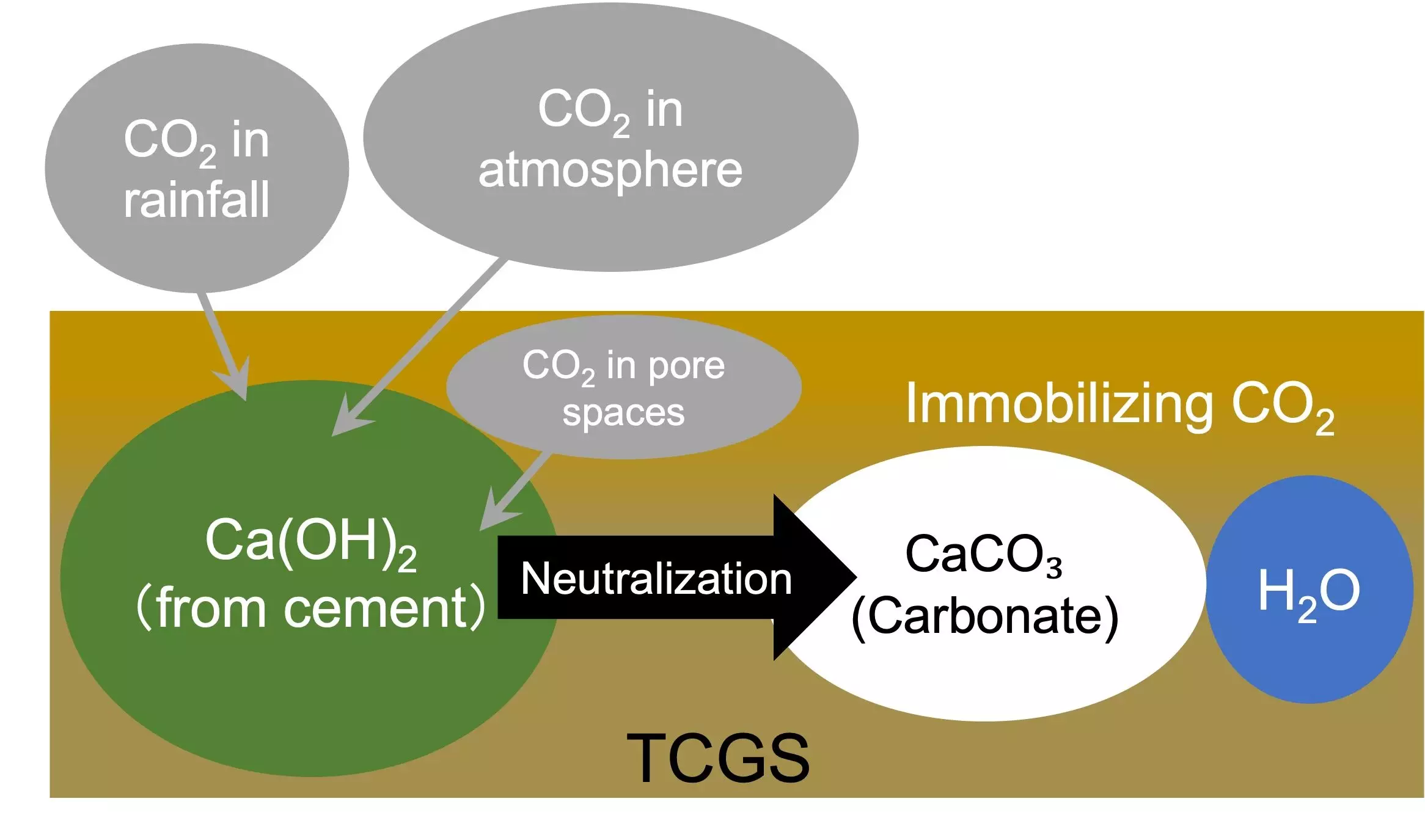The construction industry is notorious for its excessive resource consumption and the generation of substantial amounts of waste. Among the waste products produced are construction-generated sludge (CGS) and construction-generated surplus soil (CGSS). While these materials have the potential for reuse in various applications, their highly alkaline nature poses a significant risk of soil and water contamination, which can have negative impacts on plant and animal life. Additionally, the illegal dumping of CGS and CGSS creates further challenges that need to be addressed. In response to this pressing issue, a team of researchers led by Professor Shinya Inazumi from the College of Engineering at Shibaura Institute of Technology in Japan has presented a novel and cost-effective strategy called “aeration curing” to tackle the problem of CGS management.
The process of aeration curing involves the reaction of carbon dioxide with alkaline calcium hydroxide in CGS to form less alkaline calcium carbonate. This neutralization method eliminates the need for additional neutralizers, such as sulfuric acid, which are traditionally used in conventional treatment methods. The researchers conducted a series of experiments to investigate the effectiveness of aeration curing under various conditions. Factors such as agitation speed, curing in a drying oven, aerated surface area, and the introduction of a neutralizer were manipulated. The findings revealed that higher agitation speeds, curing in a drying oven, and larger aerated surface areas led to more pronounced reductions in alkalinity. Additionally, the aeration curing process required fewer neutralizers, demonstrating its potential as a sustainable construction practice for CGS management and carbon sequestration.
The application of aeration curing extends beyond waste management in the construction industry. Its ability to neutralize soil makes it a valuable technique in land reclamation and remediation, preparing acidic or contaminated land for construction or agricultural use. By improving overall soil health, it can also enhance soil yields and contribute to sustainable agriculture. Furthermore, the incorporation of aeration curing into academic curricula and research projects focusing on environmental science and engineering opens opportunities for exploring sustainable waste management practices. From a broader perspective, Professor Inazumi envisions the alignment of aeration curing with the sustainable development goals (SDGs) as a practical tool for policymakers. It has the potential to influence regulations and guidelines related to construction practices and environmental protection.
While the findings of the study are promising, further refinement of theoretical models is necessary to accurately reflect real-world neutralization reactions. Continual research and development in this field will allow for the wider adoption of aeration curing and its integration into existing waste management practices. Policymakers, industry professionals, and academics must collaborate to create a comprehensive framework for implementing aeration curing on a larger scale. By doing so, the construction industry can significantly reduce waste generation, mitigate environmental risks, and work towards a more sustainable future.
The introduction of aeration curing as a waste management strategy for construction-generated sludge offers immense potential. Not only does it provide a solution for reducing the carbon footprint of the construction industry, but it also addresses the challenges associated with CGS management and disposal. With further research and implementation, aeration curing can revolutionize waste management practices, improve soil health, and contribute to the achievement of sustainable development goals. As the construction industry continues to evolve, embracing innovative and environmentally responsible strategies like aeration curing will play a crucial role in ensuring a more sustainable and responsible future.



Leave a Reply